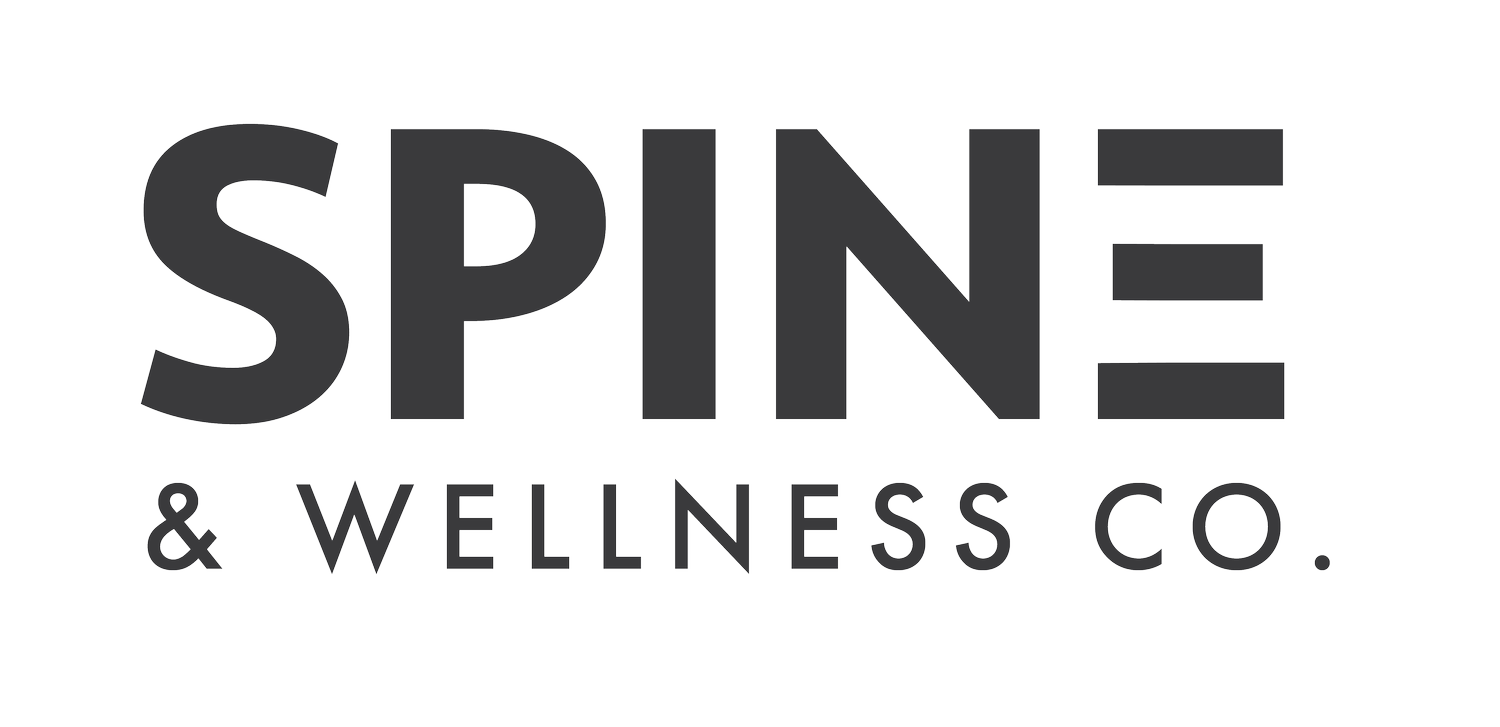Building a Strong Core to Support a Healthy Spine
A strong and healthy spine is crucial for overall health and well-being. One of the best ways to support a healthy spine is by building a strong core. While many associate a strong core with a toned abdomen or a slimmer waistline, its benefits go far beyond aesthetics. Let's explore why strengthening your core is essential for spinal health and overall body function.
The Importance of a Strong Core
The core muscles, which include the abs, obliques, lower back, and hips, play a crucial role in supporting the spine. They help maintain proper posture, reduce strain on the spine, and protect it from injury. A strong core also improves balance, stability, and power, which can enhance performance in all physical activities. A strong core not only stabilizes the spine but also enhances its mobility and flexibility. Core exercises often involve a full range of motion, which can help to keep the spine flexible and prevent stiffness. This improved mobility is crucial for performing daily activities with ease and reducing the risk of injuries during sudden movements or physical exertion.
Posture and Spinal Health
Good posture is essential for a healthy spine. When you stand or sit with proper alignment, the spine can efficiently distribute stress throughout the body, reducing strain and the risk of injury. A strong core helps maintain this alignment, even during movement.
On the other hand, poor posture, such as slouching or hunching over, can put undue stress on the spine, leading to discomfort, pain, and potentially serious health issues over time. Regular core exercises can help correct poor posture by strengthening the muscles that keep the spine aligned.
Exercises for a Strong Core
There are many exercises that can help strengthen the core and support a healthy spine. Here are some effective ones that you can incorporate into your fitness routine. Remember, it's always important to consult with a healthcare professional before starting any new exercise program.
Planks
Planks are a simple but effective exercise that works the entire core. They also help improve stability and posture. To perform a plank, start in a push-up position, but rest your weight on your forearms instead of your hands. Keep your body straight from head to heels, and hold this position for as long as you can.
There are also several variations of the plank that can target different areas of the core. For example, the side plank works the obliques, while the reverse plank targets the lower back and glutes.
Bridge
The bridge exercise is great for strengthening the lower back and glutes. Lie on your back with your knees bent and feet flat on the floor. Lift your hips off the floor until your body forms a straight line from your shoulders to your knees. Hold this position for a few seconds, then slowly lower your hips back to the floor.
For a more challenging version, try the single-leg bridge. Perform the same movement, but lift one leg off the floor while raising your hips. This variation requires more balance and engages the core more intensively.
Leg Raises
Leg raises are an excellent exercise for strengthening the lower abdominal muscles, which are crucial for supporting the spine and enhancing overall core stability. Lie flat on your back on a flat surface and place your arms at your sides with your palms facing down, or tuck them slightly under your glutes for added support.
Keep your legs extended and close together and tighten your abdominal muscles by pulling your belly button towards your spine. This will help stabilize your lower back and prevent any arching. Keeping your legs straight and together, slowly lift them towards the ceiling. Continue lifting until your legs form a 90-degree angle with your torso, or as high as you comfortably can without lifting your lower back. Hold the position at the top for a moment, ensuring that your core remains engaged and your lower back stays in contact with the ground, then slowly lower your legs back down to the starting position with controlled motion.
Additional Tips for a Healthy Spine
While core exercises are essential for spinal health, they're just one part of the equation. Here are some additional tips to help keep your spine healthy and strong.
Stay Hydrated
The discs between the vertebrae in your spine need water to maintain their structure and function. Staying hydrated helps keep these discs healthy, which can prevent disc degeneration and other spinal issues.
Practice Good Ergonomics
If you spend a lot of time sitting, make sure your workspace is set up to support good posture. Your monitor should be at eye level, your chair should support your lower back, and your feet should be flat on the floor. Taking regular breaks to stand and stretch can also help prevent stiffness and discomfort.
Building a strong core is one of the best ways to support a healthy spine. By incorporating core exercises and as well as paying special attention to your core in daily life, you can improve your spinal health, enhance your overall fitness, and enjoy a healthier, more active life.

